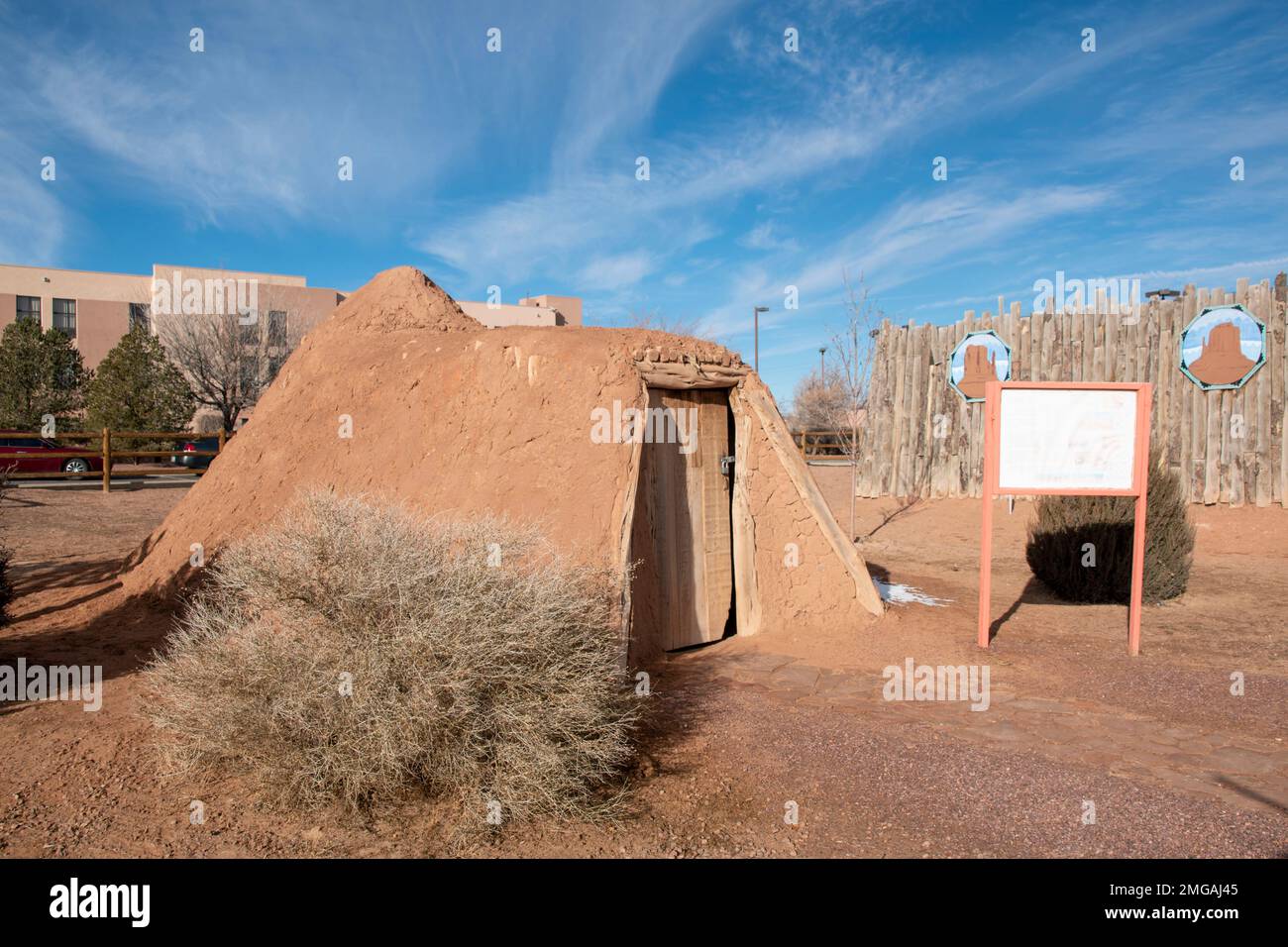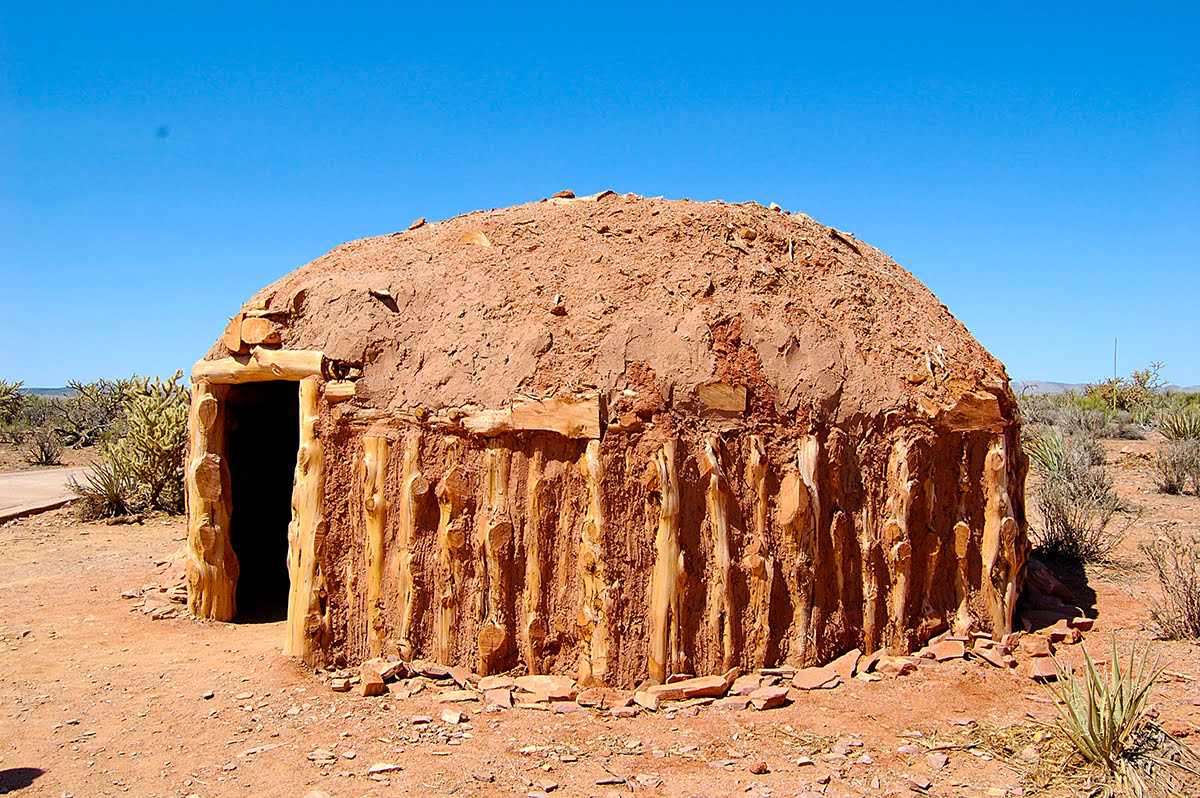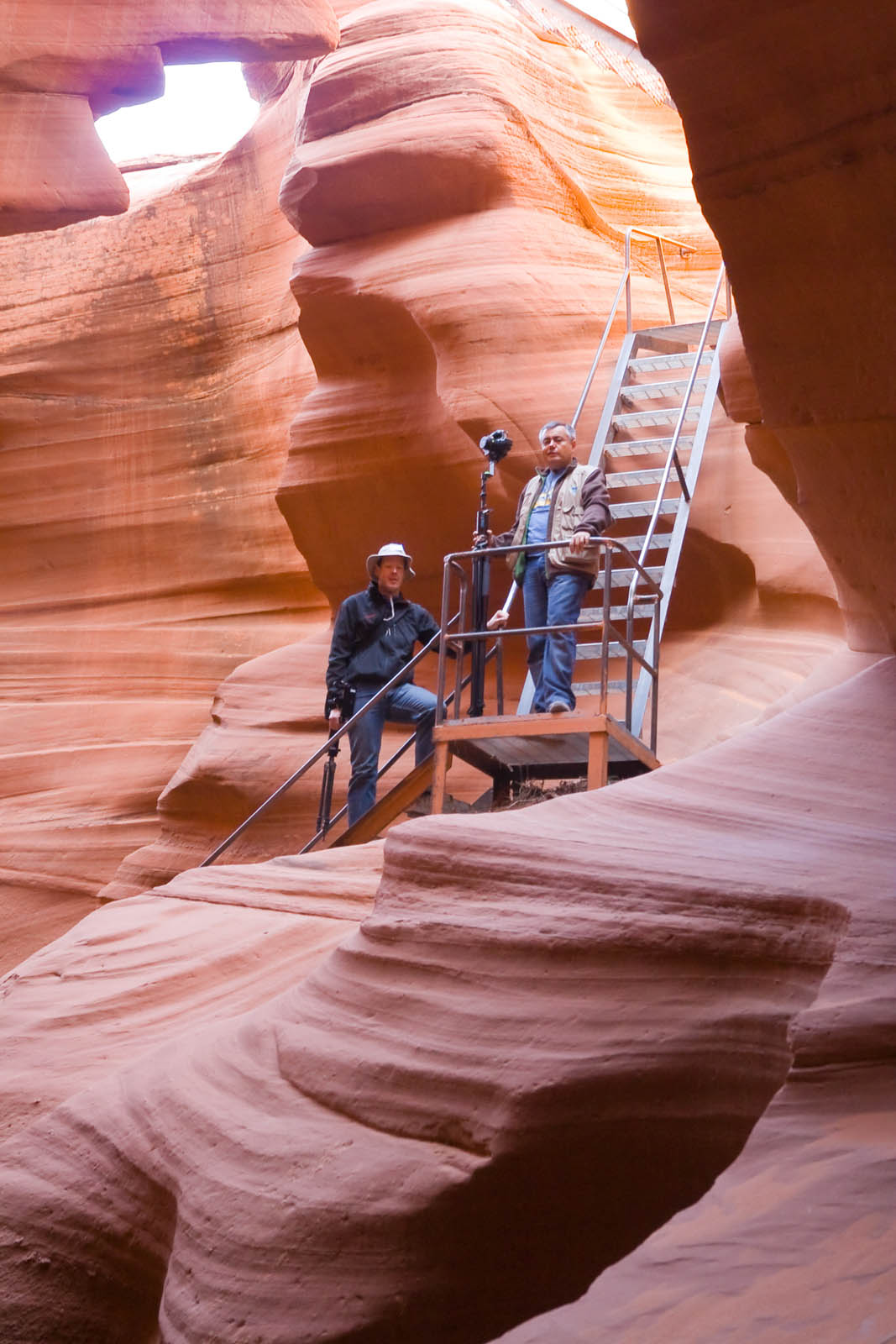
Echoes of the Ancestors: Navigating the Sacred Landscapes of Navajo Nation Arizona
The vast, ochre-tinted expanse of the Navajo Nation, or Diné Bikéyah as it is known to its people, stretches across northeastern Arizona, embracing a landscape as spiritually profound as it is visually breathtaking. Far from being merely a backdrop, this sovereign territory offers a portal into a living culture, where ancient traditions intertwine with the contemporary world. For visitors, tours through the Arizona portion of the Navajo Nation are not just scenic drives; they are immersive journeys guided by the very people whose ancestors have walked these lands for millennia, revealing layers of history, belief, and an enduring connection to the earth.
Arizona’s Navajo lands are a treasure trove of geological wonders and cultural sites, from the iconic monoliths of Monument Valley to the ethereal slot canyons and ancient cliff dwellings. Each tour, meticulously crafted and often led by Diné guides, promises an experience far richer than standard tourism. It is an invitation to understand, respect, and connect with a heritage that defines a nation.
Monument Valley: Where Earth Meets Sky
Perhaps the most recognizable symbol of the American Southwest, Monument Valley Navajo Tribal Park is undeniably the crown jewel of Navajo tourism in Arizona. Its colossal sandstone buttes and mesas, sculpted by wind and time, have starred in countless Western films, most notably those of John Ford, solidifying its image in the global consciousness. Yet, beyond its cinematic grandeur, Monument Valley holds immense spiritual significance for the Diné. Known as "Tsé Biiʼ Ndzisgaii" (Valley of the Rocks) in Navajo, it is a place of power, a living testament to the earth’s artistry and the Creator’s hand.
Tours here are almost exclusively guided by local Navajo residents, often in open-air vehicles, navigating the unpaved loop road that winds through the park. These guides are not merely drivers; they are storytellers, sharing ancestral legends, personal anecdotes, and the Diné philosophy of Hózhó, a concept encompassing beauty, harmony, and balance. They point out specific formations, explaining their names and the stories embedded within them – the "Mitten Buttes," "Three Sisters," and the towering "Totem Pole." A guide might explain how the formations represent powerful spirits or aspects of Diné cosmology. "When you stand here," one guide might say, gesturing to the vast panorama, "you are standing on our history. Every rock, every shadow, has a story that connects us to our ancestors and to the universe."

Beyond the main loop, exclusive tours venture into backcountry areas not accessible to the general public, revealing hidden arches, ancient petroglyphs, and undisturbed vistas. These deeper excursions often include visits to traditional hogans (Navajo dwellings), offering a glimpse into daily life and the opportunity to witness weaving demonstrations or traditional music. The photographic opportunities are unparalleled, especially at sunrise and sunset when the landscape ignites with fiery hues, transforming the already dramatic scenery into a canvas of shifting light and shadow.
Antelope Canyon: The Whispering Walls of Light
A stark contrast to Monument Valley’s open expansiveness, Antelope Canyon, located near Page, Arizona, offers an intimate, almost otherworldly experience. This stunning slot canyon, carved by flash floods over millennia, is famous for its smooth, flowing sandstone walls and the ethereal beams of light that penetrate its narrow openings, particularly during midday. There are two primary sections: Upper Antelope Canyon (Tsé bighánílíní – "the place where water runs through rocks"), known for its famous light beams, and Lower Antelope Canyon (Hazdistazí – "spiral rock arches"), characterized by its more challenging, ladder-filled descent and narrower passages.
Access to Antelope Canyon is strictly controlled and requires a Navajo guide, a testament to the Diné’s custodianship of this sacred site. Visitors embark on guided tours, often in small groups, led by knowledgeable locals who navigate the labyrinthine passages, point out formations resembling animals or famous figures, and explain the geological processes that created this marvel. More importantly, guides convey the spiritual significance of the canyon, a place of peace and reverence. "For us, this place is sacred," a guide might explain, "It’s a cathedral built by nature, where we can feel closer to the spirit world."
The guides are also adept photographers, often sharing tips on how to capture the canyon’s mesmerizing beauty, particularly the elusive light beams that dance across the canyon floor. The experience is one of quiet awe, as sunlight filters through the openings above, creating a dynamic play of light and shadow that constantly transforms the canyon’s appearance. The mandatory guided tours not only ensure visitor safety but also provide vital income for the local Navajo community, reinforcing the economic benefit of responsible tourism.
Canyon de Chelly: A Living History Book
Further east, within the Navajo Nation, lies Canyon de Chelly National Monument, a place of profound historical and cultural importance. Unlike the tribal park status of Monument Valley, Canyon de Chelly is managed by the National Park Service in cooperation with the Navajo Nation, yet tours into the canyon floor are exclusively led by authorized Navajo guides. This collaboration underscores the deep respect for Diné sovereignty and their ancestral ties to this land.
Canyon de Chelly is not just a geological wonder; it is a living history book. Its sheer sandstone walls, rising up to 1,000 feet, shelter ancient cliff dwellings of the Ancestral Puebloans, some dating back over 1,000 years, alongside more recent hogans of Navajo families who still reside on the canyon floor. From the rim, visitors can gaze down at these ancient sites, but to truly experience the canyon’s spirit, one must descend.
Guided tours, often by horseback or in open-air four-wheel-drive vehicles, take visitors along the Chinle Wash, past cottonwood groves, agricultural fields, and the ruins of civilizations past. Guides share the rich tapestry of the canyon’s history, from the early Basketmakers to the Ancestral Puebloans and the Diné who sought refuge and built communities here. They recount stories of raids, resilience, and the deep spiritual connection the Navajo have with this land. Spider Rock, a towering sandstone spire where Navajo mythology places Spider Woman, a revered deity, is a particularly poignant stop, embodying the spiritual essence of the canyon. "This canyon," a guide might tell you, "is our home, our history, our church. Every rock here remembers." The tours offer a rare opportunity to connect with the past and present of the Diné, understanding their enduring presence in a landscape that has witnessed centuries of human endeavor.

The Indispensable Role of Diné Guides
The common thread weaving through all these Navajo Nation experiences in Arizona is the indispensable role of the Diné guides. They are the gatekeepers, interpreters, and storytellers who transform a mere visit into a profound cultural exchange. More than just sharing facts, these guides offer a personal, indigenous perspective that cannot be found in guidebooks. They share their language, their beliefs, their family histories, and their deep-seated respect for the land, known as Mother Earth (Nihimá Nahasdzáán).
Their guidance is not only about access and safety but about fostering understanding and respect. They educate visitors on Navajo etiquette, the importance of leaving no trace, and the sanctity of certain sites. "We share our home with you," a guide might articulate, "but we ask that you treat it with the same respect we do, because it is sacred to us." This emphasis on respectful engagement ensures that tourism benefits the Navajo people culturally and economically, while preserving their heritage for future generations.
Economic Sustenance and Cultural Preservation
Tourism is a vital economic engine for the Navajo Nation, providing employment and revenue that supports families and community programs. It allows the Diné to maintain their traditional way of life, invest in infrastructure, and preserve their language and cultural practices. The income generated from tours, craft sales, and accommodations directly flows back into the community, fostering self-sufficiency and reducing reliance on external aid.
However, the Navajo Nation navigates the delicate balance between welcoming visitors and protecting their sacred sites and traditional ways. The commitment to guide-led tours, controlled access, and strict rules around photography in certain areas reflects this dedication to cultural preservation. It ensures that while visitors gain invaluable insight, the integrity of Diné culture and the sanctity of their lands remain paramount.
A Call to Respectful Exploration
Tours through the Arizona portion of the Navajo Nation offer an unparalleled opportunity to engage with a vibrant, living culture in some of the most spectacular landscapes on Earth. From the panoramic grandeur of Monument Valley to the intimate majesty of Antelope Canyon and the historical depths of Canyon de Chelly, each destination provides a unique window into the Diné world.
These are not passive sightseeing trips; they are invitations to listen, learn, and reflect. Visitors leave not just with stunning photographs but with a deeper appreciation for indigenous perspectives, a profound respect for the land, and an understanding of the enduring spirit of the Navajo people. To tour the Navajo Nation is to journey beyond the picturesque, into the heart of a culture that continues to thrive, guided by the wisdom of its ancestors and the beauty of its sacred lands. It is an experience that resonates long after the red dust settles, an echo of the ancestors in the whispers of the wind.

